'Supercolony' of Adelie penguins discovered in Antarctica
Researchers found the huge colony of birds on the Danger Islands.
— -- A “supercolony” of Adélie penguins has been found on a remote chain of rocky islands in the northern tip of the Antarctic Peninsula, according to a new study published today in the journal Scientific Reports. The small, Antarctic native had thought to be in decline for the past 40 years due to climate change.
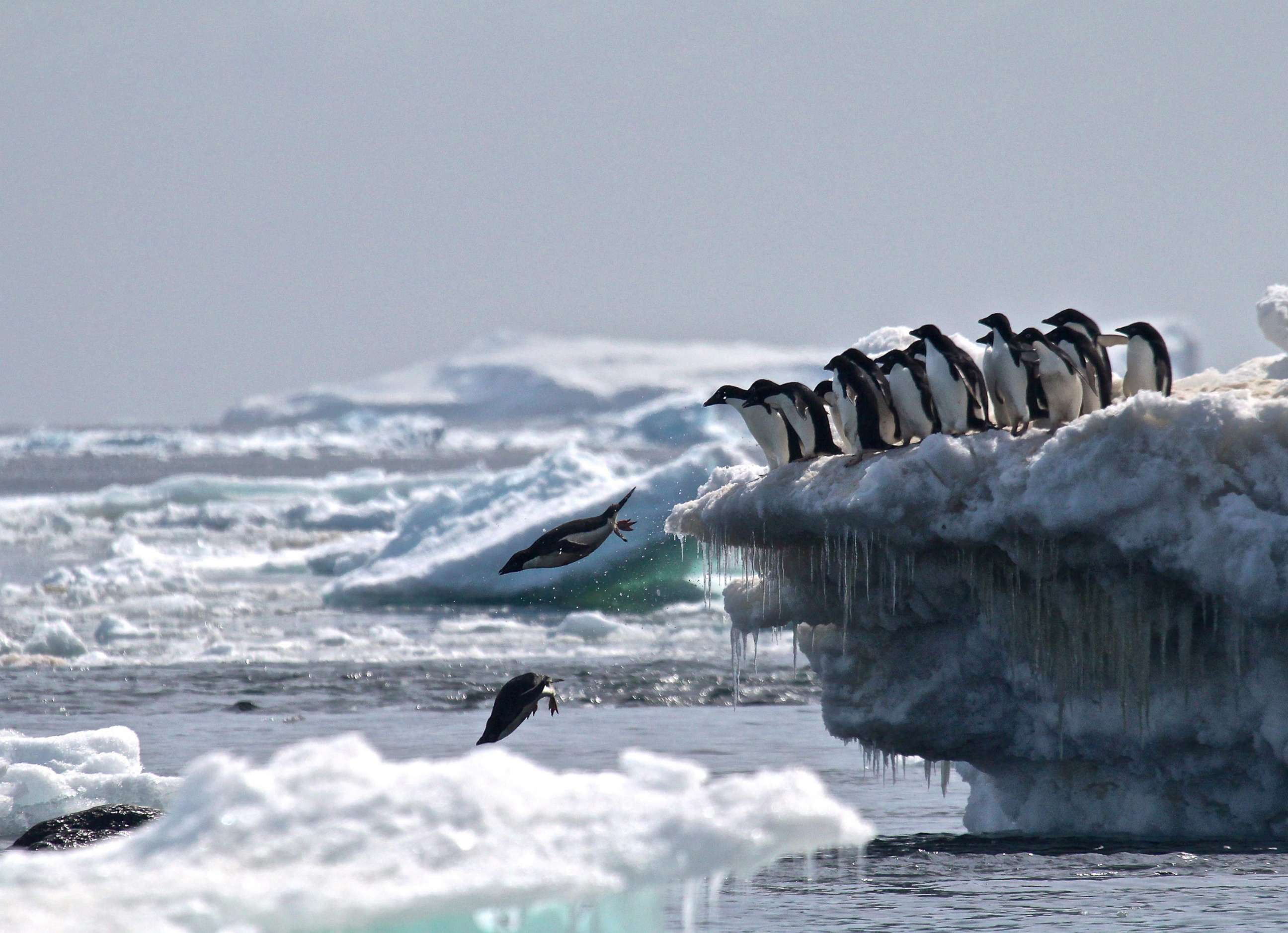
Scientists looking at satellite images in 2014 saw telltale signs of guano stains (bird poop) which hinted at a large number of penguins. An expedition was arranged with people from Stony Brook University, Woods Hole Oceanographic Institution (WHOI), Louisiana State University and Oxford University to count the birds.
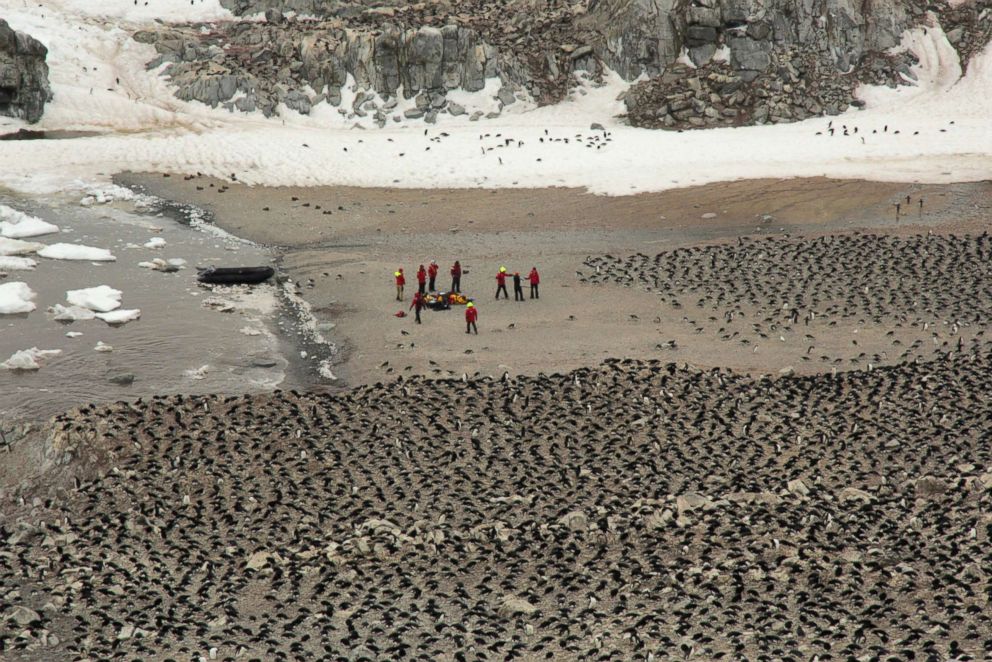
When researchers arrived in December 2015, they found hundreds of thousands of birds thriving in the Danger Islands, a forbidding location with treacherous waters filled with thick sea ice.
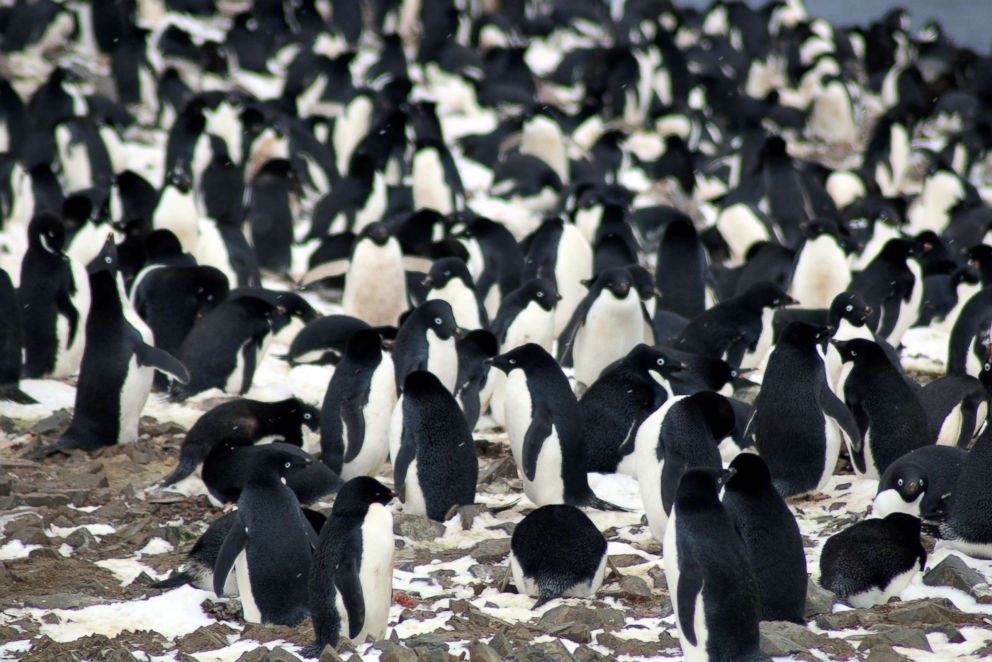
Using drones to help with the count, they estimated the population to be more than 1.5 million, making it one of the largest colonies in the world and the largest on the Antarctic Peninsula.
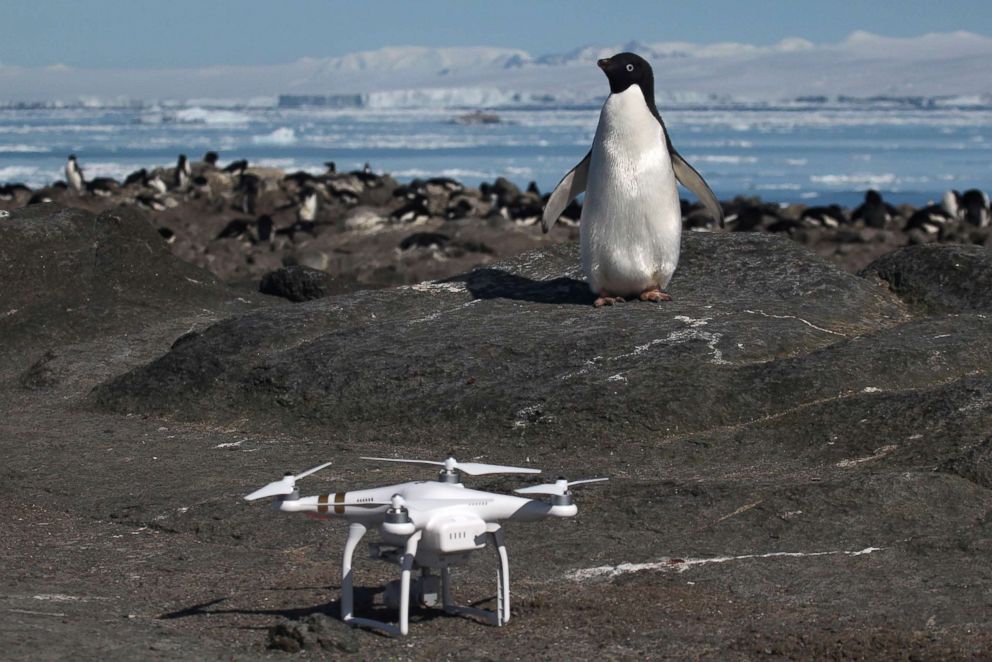
"The drone lets you fly in a grid over the island, taking pictures once per second. You can then stitch them together into a huge collage that shows the entire landmass in 2D and 3D," said Hanumant Singh, professor of mechanical and industrial engineering at Northeastern University, who developed the drone’s imaging and navigation system. The images were then analyzed pixel by pixel by software to locate nests.
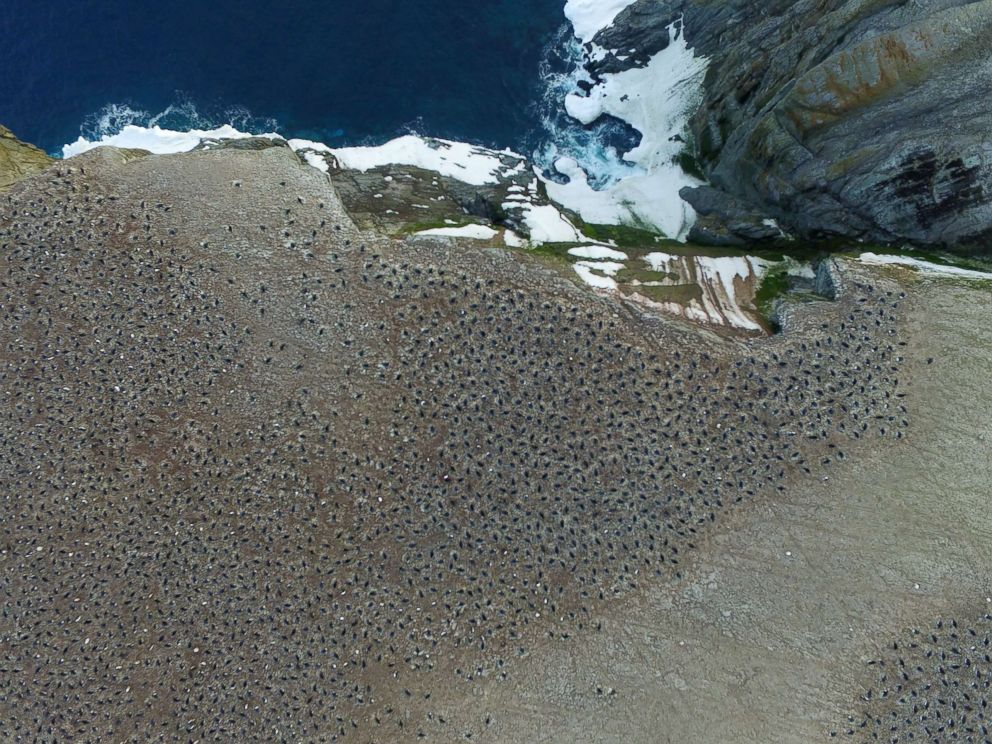
Through further study, researchers are hoping to explain why the islands' conditions are helping the penguins survive when their numbers are in decline elsewhere. They hope their research will help bolster the proposed Marine Protected Areas (MPA) near the peninsula.
MPAs have been established across the world's oceans. In Antarctica, the international community agreed to protect the Ross Sea, the world's largest. However, another proposal in the East Antarctic has failed multiple times.
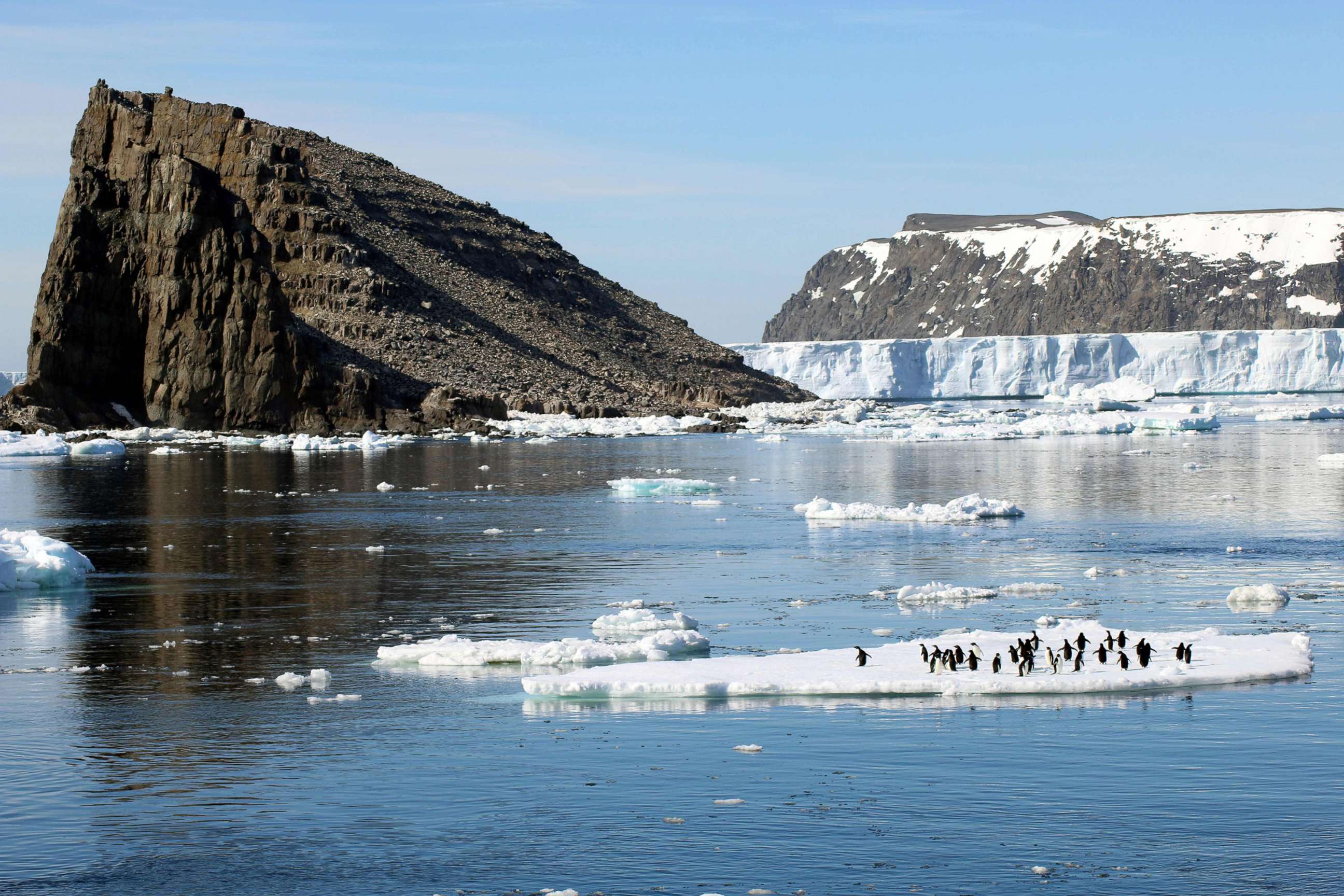
Mercedes Santos of the Instituto Antártico Argentino and an author of the MPA proposal said, "Given that MPA proposals are based in the best available science, this publication helps to highlight the importance of this area for protection."

